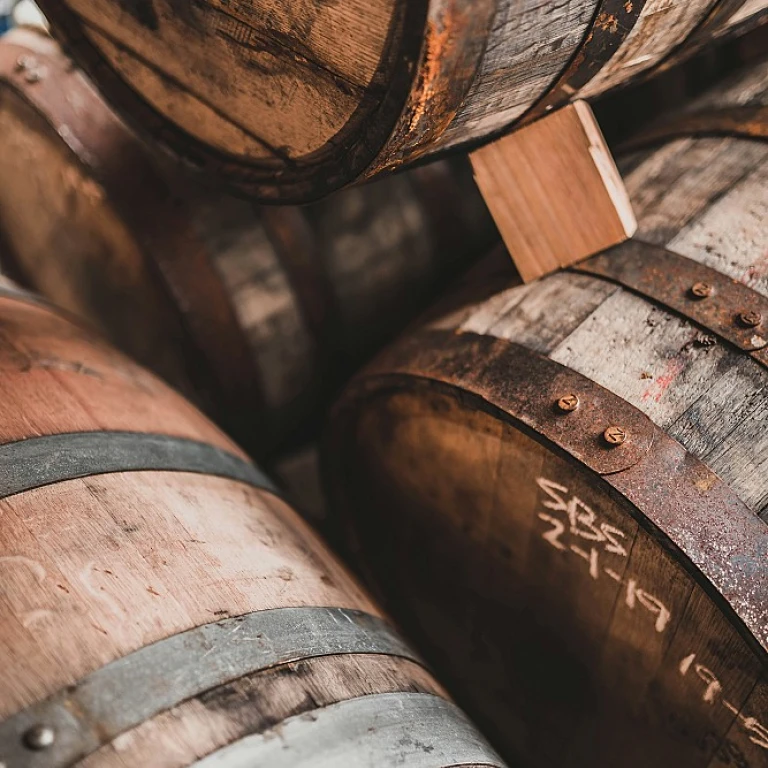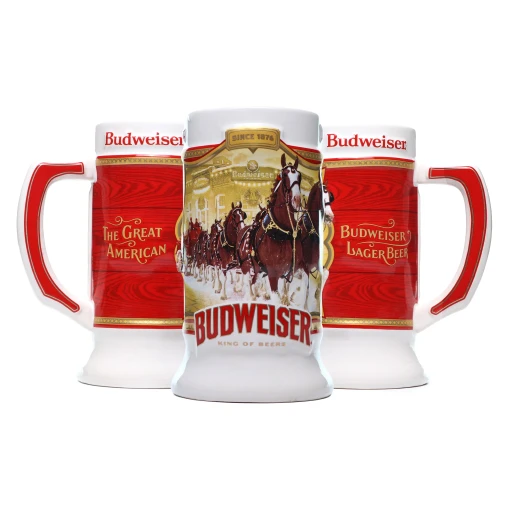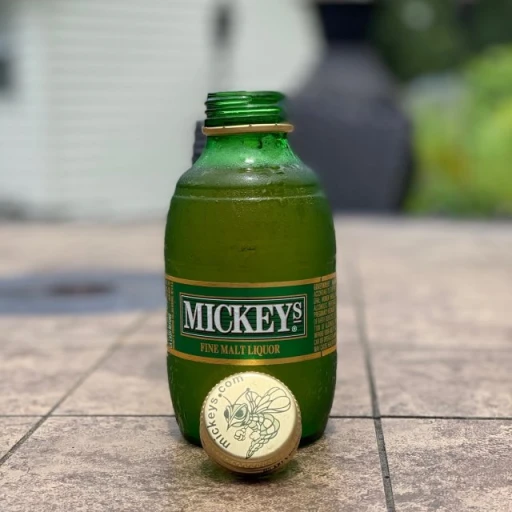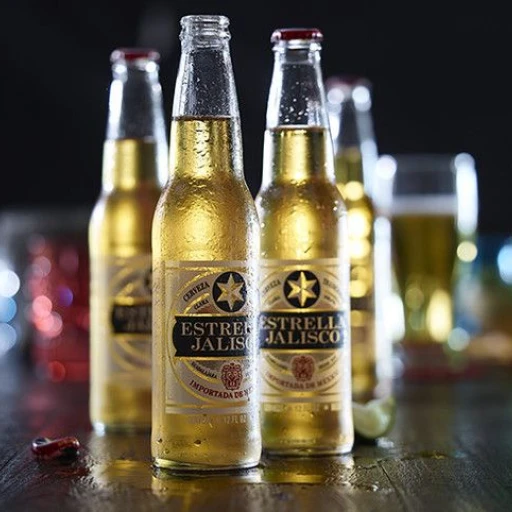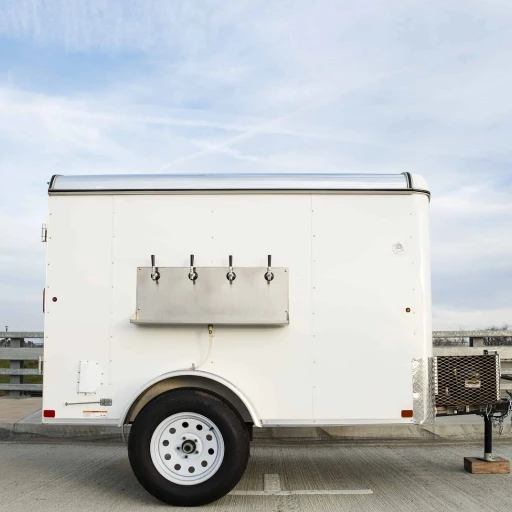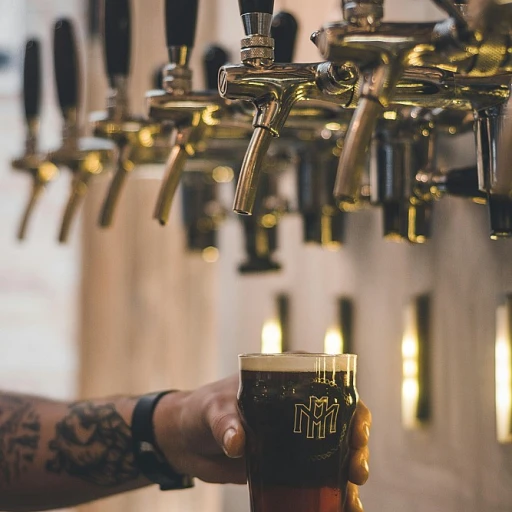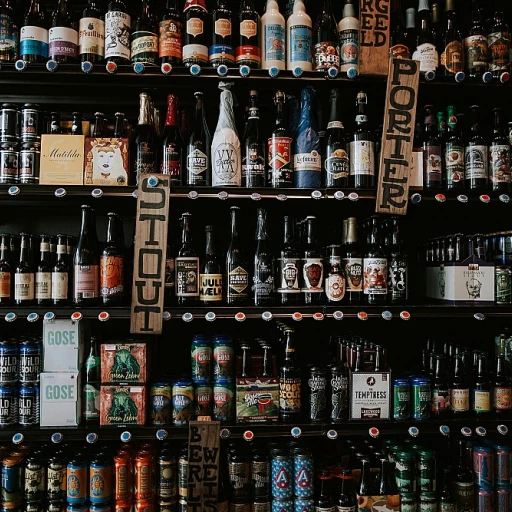The Historical Significance of Beer Barrels
The Role of Barrels in Beer History
The use of barrels in the brewing industry has deep roots, profoundly impacting how beer has been stored, transported, and enjoyed throughout centuries. Historically, wooden barrels were not only used for maturing beer but also played a crucial role in developing various flavors, contributing a unique character to each brew. These barrels, often made from oak, were essential for storing beer due to their durability and natural properties that allowed limited air exchange, influencing the taste.
A significant development was the transition from wooden barrels to modern materials like stainless steel, which we discuss later in this journey through beer barrels. This shift was driven by the need for consistency and sanitation, marking a pivotal point in beer production. Despite the advancements in storage and brewing methods, many brewers still cherish the traditional barrel-aging process for certain styles of beer, appreciating the complexity and depth that wooden barrels impart.
As you explore the types and measurements of barrels and their artistic contribution to aging beer in the following sections, consider the historical journey that has shaped how we enjoy beer today. The evolution of barrels reflects the dynamic nature of brewing and the continuous quest for perfecting this beloved beverage.
Types of Barrels: Oak, Stainless Steel, and More
Exploring the Variety: Different Barrels for Beer
In the evolving world of beer brewing, the choice of a barrel isn't just a matter of practicality, but a significant decision that affects the flavor, aroma, and overall profile of the beer. Here's a closer look at the different types of barrels and their specific influences:
- Wooden Barrels, with a Focus on Oak: For centuries, oak barrels have been the go-to choice for many brewers looking to enhance their beer with complex flavors. The natural characteristics of oak, such as vanilla notes and a smooth tannin profile, make it an attractive option. It's not just any oak that's used; brewers often seek specific varieties like American or French oak to fine-tune the nuances in their brews.
- Stainless Steel Barrels: Known for their practical advantages, stainless steel barrels offer durability, hygiene, and ease of maintenance. Unlike their wooden counterparts, they don't impart any flavors to the beer, making them ideal for brewers who wish to preserve the pure essence of their creations.
- Funky and Experimental Barrels: Adventurous brewers now experiment with a diverse array of barrels, including those previously used for bourbon, wine, or even rum. Each barrel brings a distinct set of flavors, allowing brewers to craft unique blends that surprise and delight consumers.
The choice of barrel plays a pivotal role in the brewing process and directly impacts the final product experienced by eager beer enthusiasts. Understanding the subtle differences between these barrels can enrich one's appreciation for the complex art of brewing.
Barrel Sizes and Measurements
Understanding Barrel Capacities and Conversions
When it comes to beer barrels, size truly does matter. Different barrel sizes are used depending on the type of beer being brewed and the brewery's output needs. Here's a breakdown of some common barrel capacities that help shape our beer experiences:
- Standard American Barrel (Keg or Half Barrel): Often found in pubs and bars, this barrel holds approximately 15.5 gallons or 58.67 liters of beer. It's the largest standard size used in the U.S. serving context.
- Quarter Barrel (Pony Keg): This smaller barrel holds half the content of its larger counterpart, containing around 7.75 gallons or 29.34 liters. It's a popular choice for smaller gatherings or tasting events.
- Sixth Barrel (Sixtel): With a capacity of 5.16 gallons or 19.53 liters, these compact barrels are ideal for craft breweries looking to offer limited releases or experimental beers.
These sizes play a vital role in logistics, distribution, and even the aspects of barrel aging discussed earlier. For home brewers or smaller-scale operations, knowing these differences can aid in selecting the right size for their needs. For more insights about how root beer can also pay homage to a legacy, check out
Henry Weinhard's root beer.
Understanding these measurements and conversions is not only practical; it enhances the appreciation of how beer reaches our glasses, contributing to the rich history of shapes and sizes coveted in brewing cultures worldwide. Whether a brewery uses oak or stainless steel as previously discussed, the choice of barrel size will always be a cornerstone of crafting the perfect brew.
The Art of Barrel Aging
Refining Flavors Within Barrels
Barrel aging is an art form that transforms beer into something extraordinary. This traditional method takes advantage of the unique properties of different barrels, enhancing flavors and introducing complexities that are often sought after by beer enthusiasts.
Barrels, especially those made from oak, are known to impart distinct characteristics to the beer stored within them. The porous nature of oak allows a subtle interaction with the air, facilitating slight oxidation and evaporation, both of which contribute to the beer's flavor profile. Additionally, previously used barrels, such as those for whiskey, wine, or bourbon, can infuse beer with residual flavors, adding layers of depth and interest.
The process of barrel aging requires patience. It is not uncommon for beer to be aged for several months or even years, allowing the elements to meld together harmoniously. This time-intensive practice results in a beverage that is rich in taste and aroma, offering a bouquet of flavors that could include notes of vanilla, caramel, or even hints of spices.
Barrel-aged beers often attain a higher level of complexity and character, making them a prized possession among collectors and consumers. Such beers are perfect for special occasions or for those who appreciate a more profound tasting experience.
Engaging in the art of aging beer in barrels showcases the fascinating journey from brew to glass, offering insights into the timeless relationship between the craftsmanship of barrel-making and the brewer's skill.
Consumer Insights: Reviews and Buying Tips
Gaining Consumer Insights: Barrel Aging and Buying Tips
Understanding the consumers' perspective on barrel-aged beers can greatly enhance your experience as a beer enthusiast. There are several factors to consider when you're in the market for these expertly aged brews:
- Flavor Profile Expectations: Barrel-aged beers are known for their complex flavors, which contribute to unique taste experiences. These flavors are often influenced by the type of wood used, such as oak, and the length of time the beer is aged. It's important to gauge your preference towards darker or more robust flavors before purchasing.
- Checking Reviews and Ratings: Many dedicated communities, both online and offline, provide valuable reviews and ratings on various barrel-aged beers. These reviews can offer insights into quality, taste, and even suggest pairings to elevate your drinking experience.
- Exploring Limited Editions and Local Breweries: Some of the best barrel-aged beers come from local breweries, who often produce limited edition series that are a must-try. These local artisans combine innovation with traditional methods, creating exclusive brews that you won't find everywhere.
- Understanding Aging Potential: Not all barrel-aged beers are meant to be consumed immediately. Some continue to develop flavor over time. Knowing when to drink your beer can make all the difference in enjoying it at its peak.
Barrel-aged beers are truly a labor of love, crafted with precision and creativity. As you explore this segment of beer barrels further, you’ll uncover a rich sense of tradition and innovation that is sure to enhance your beer journey.

